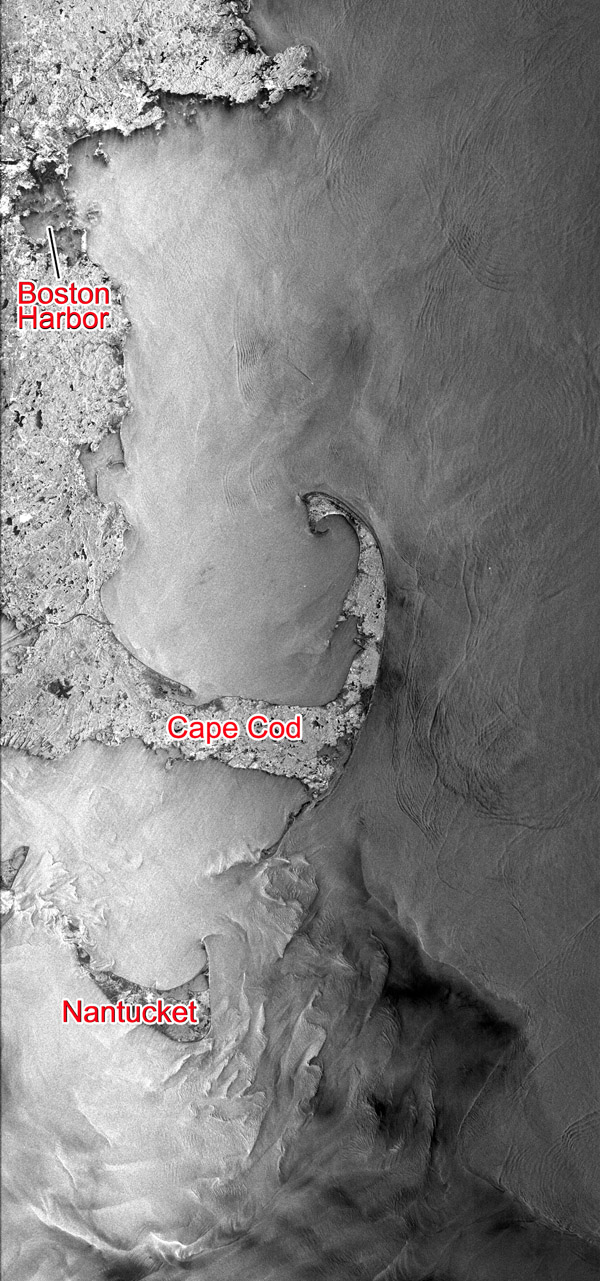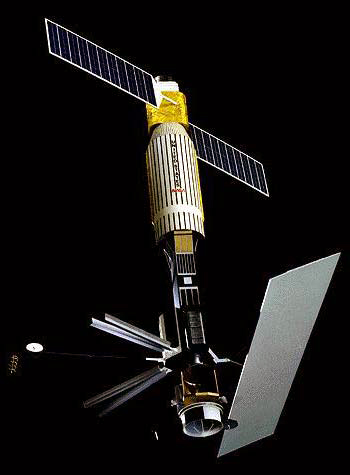The following Jet Propulsion Laboratory news article was written by NASA Earth Science News Team member Carol Rasmussen, posted March 18, 2014, with the title above:
NASA’s Seasat satellite became history long ago, but it left a legacy of images of Earth’s ocean, volcanoes, forests, and other features that were made by the first synthetic aperture radar ever mounted on a satellite. Potential research uses for the recently released 35-year-old images are outlined in a paper published in the journal Eos today, March 18.
Seasat, which was managed by NASA’s Jet Propulsion Laboratory in Pasadena, Calif., was the first satellite mission designed specifically to observe the ocean. Launched in 1978, it suffered a mission-ending power failure after 105 days of operation. But in that short time, Seasat collected more information about the ocean than had been acquired in the previous hundred years of shipboard research, said Benjamin Holt, a research scientist at JPL and coauthor of the Eos paper. The complete catalog of Seasat images has been processed digitally and is freely available from the Alaska Satellite Facility. To access the Seasat images, visit: .
“There’s still unique oceanographic data in these products that haven’t been duplicated by more recent missions,” said Holt. “We see different things in the Seasat images of the ocean currents than are seen by other satellites carrying synthetic aperture radar.” This technology allows researchers to create very high-resolution images using complex information-processing techniques.
The 1978 data set also has value for climate studies of land cover simply because of its age. Holt noted that the images of Alaskan, Canadian and Norwegian glaciers are much earlier than any other satellite images that are currently available. This gives glaciologists an earlier baseline against which to measure the glaciers’ rates of change. NASA monitors Earth’s vital signs from land, air and space with a fleet of satellites and ambitious airborne and ground-based observation campaigns.
NASA develops new ways to observe and study Earth’s interconnected natural systems with long-term data records and computer analysis tools to better see how our planet is changing. The agency shares this unique knowledge with the global community and works with institutions in the United States and around the world that contribute to understanding and protecting our home planet. For more information about NASA’s Earth science activities in 2014, visit: http://www.nasa.gov/earthrightnow.



